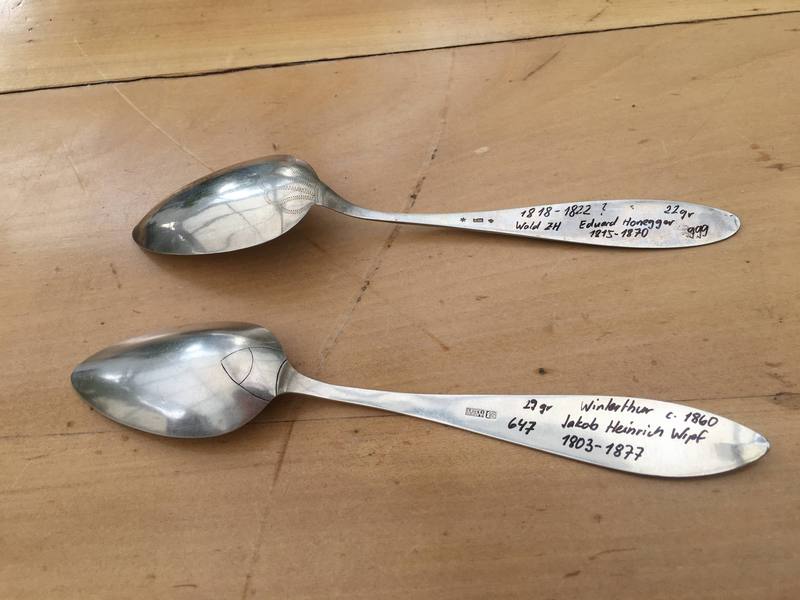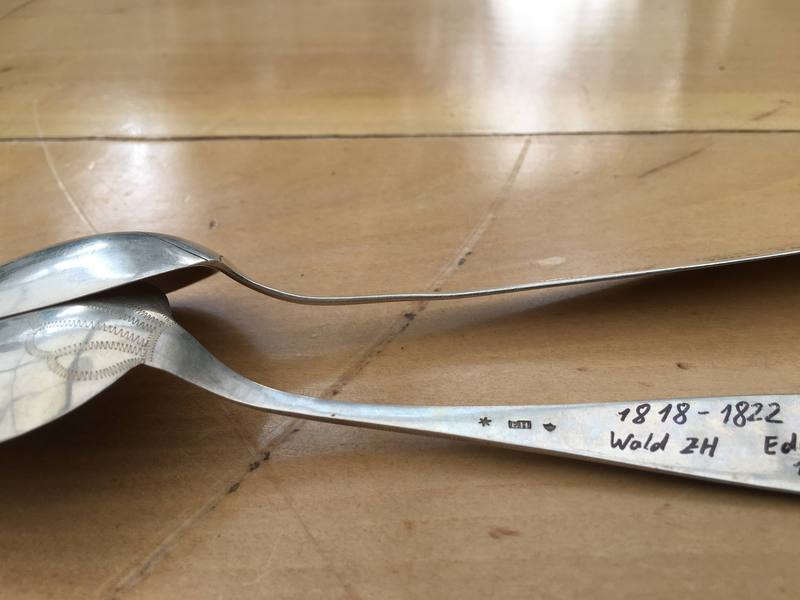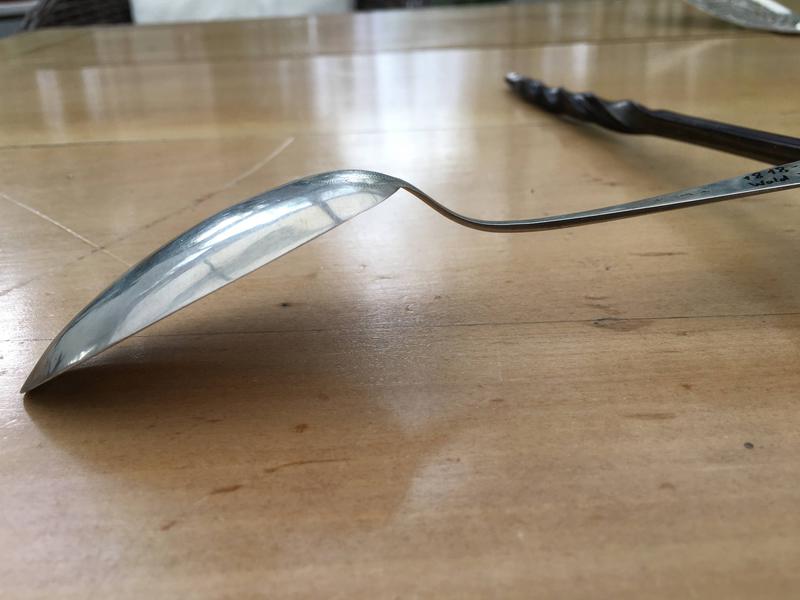As stated in your posts, we are dealing here with improper use of the items. If you ask, why the items are used improperly, the answers go towards two different phenomena.
First:
The items are not properly engineered. In many items the joint between the cup and the handle is the weakest point. If you connect a strong, stiff handle with a thin, weak cup, the stress in the material is highest in the joint. The maker inserts a weak part in a stable item, if you bend this, the bending line is disturbed, leading to extreme high stress. If you further weaken this area by soldering, you end with a piece which does not last.
Soldering creates an additional disturbance. Because hard soldering is done at temperatures close to the melting point of the base material, it creates alterations in the structure of the base material. You may have noticed, if soldering is done well, in a stress test, the item breaks not in the solder but next to it, in the base material which is disturbed by the solder and the heat.
As a silversmith, you can fight this problem only by making a harmonic bending line, or at least as much as possible. No sharp edges, no sudden change of material thickness. Unfortunately, this is more work intensive than just solder a thin cup or foil to a strong handle.
Second:
People use items in accordance with their apparent strength. The stiff handle of a ladle implies sturdiness, augmented by the size of the cup. We do not recognize that the item is much weaker than it appears due to the poorly engineered joint. See my table here:
Weak item / weak appearance no damage
Weak item / strong appearance damage
Strong item / strong appearance no damage (or only after gross misuse….)
Below are some pictures to visualize what I mean. Most items are cake server, here the phenomena you describe seem even more apparent.
All the best, Jörg
Here a cake server from Rehfuss in Berne, around 1830 to 1840. Poorly engineered joint, but not defect, due to the overall fragile appearance.

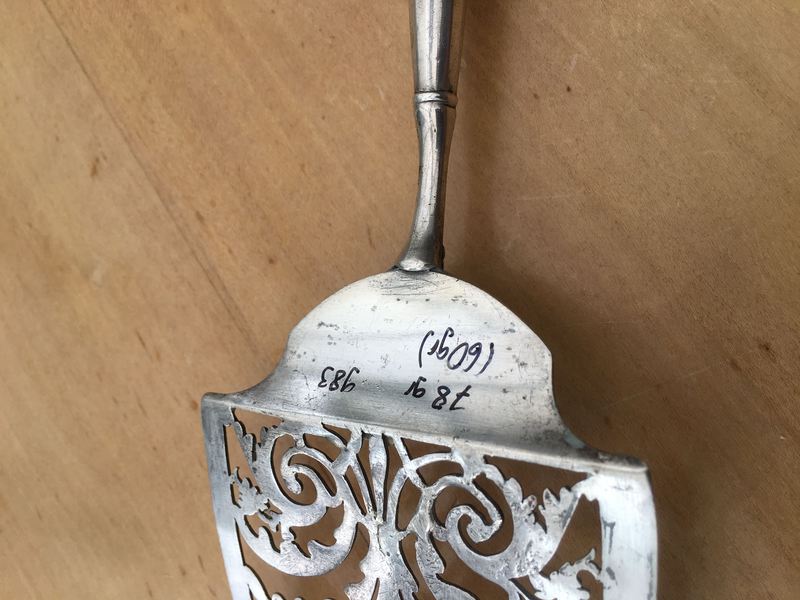

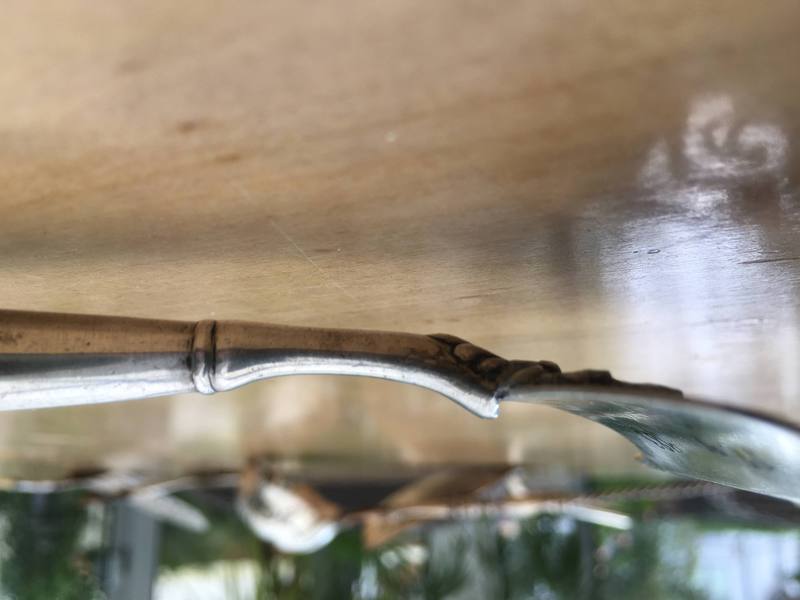
Here another bad design, the thin sheet is inserted in a stronger handle and soldered

Here a cake server with crack, notice, the crack started next to the soldering, on the tip. Here, the bending line is disturbed most:

This Danish serving spoon is rather well made, Harmonic, continous change of thickness, no steps in thickness:
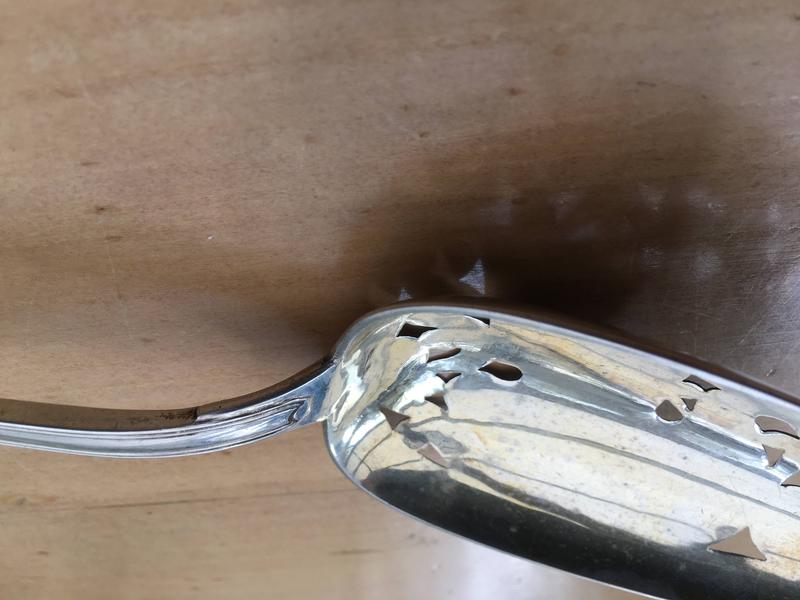
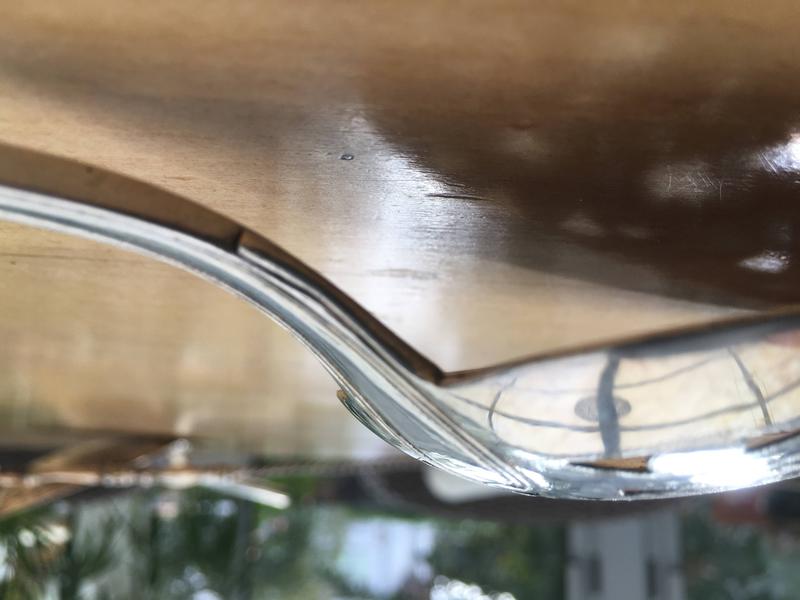
This design looks weird, but a smart solution how to deal with diameter change, the highest stress is not in one point, but distributed as a circle

And here some Biedermeier spoons, very thin and fragile, but no damage. Because the hande is also very thin nobody used them beyond their intended use.
